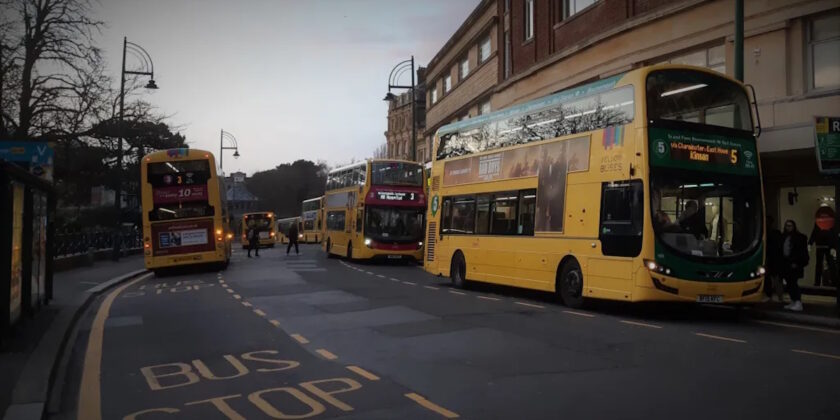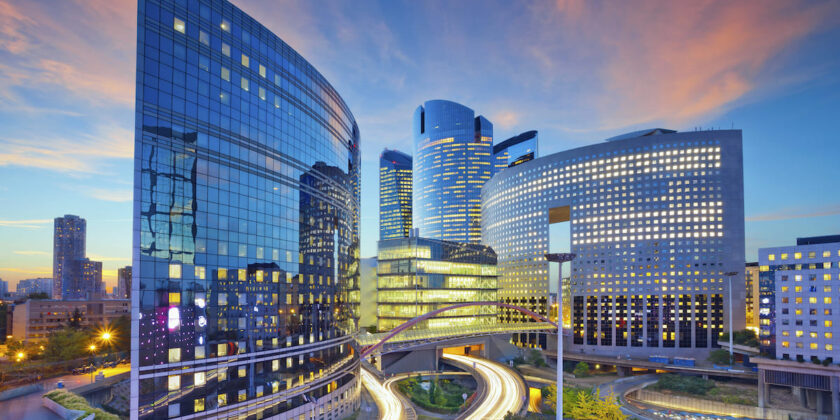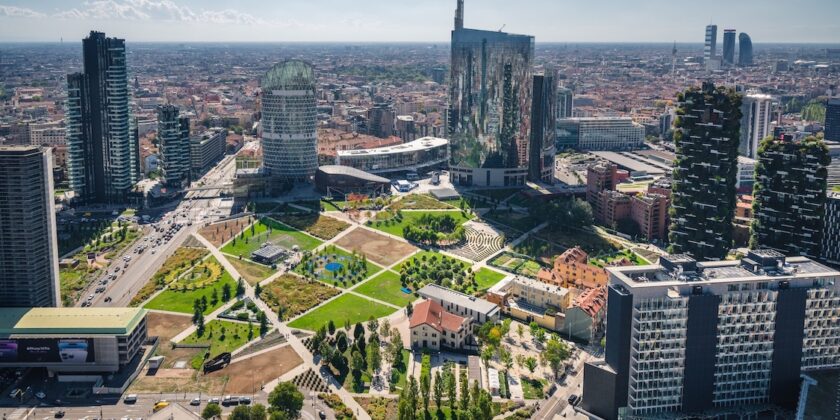Redefining China’s Urban Future: The 15th Five-Year Plan and the Transformation of Space, Growth, and Society
China is embarking on one of the most far-reaching territorial and urban transformation efforts in its modern history, signaling a decisive shift in how the country conceives development, space, and social balance. The 15th Five-Year Plan, which will shape China’s economic and social trajectory in the coming years, places urban development, land-use governance, and regional integration at the core of the national modernization strategy. This agenda emerges at a critical juncture, defined by the transition toward a more innovation-driven economic model, the accumulated pressures of…







